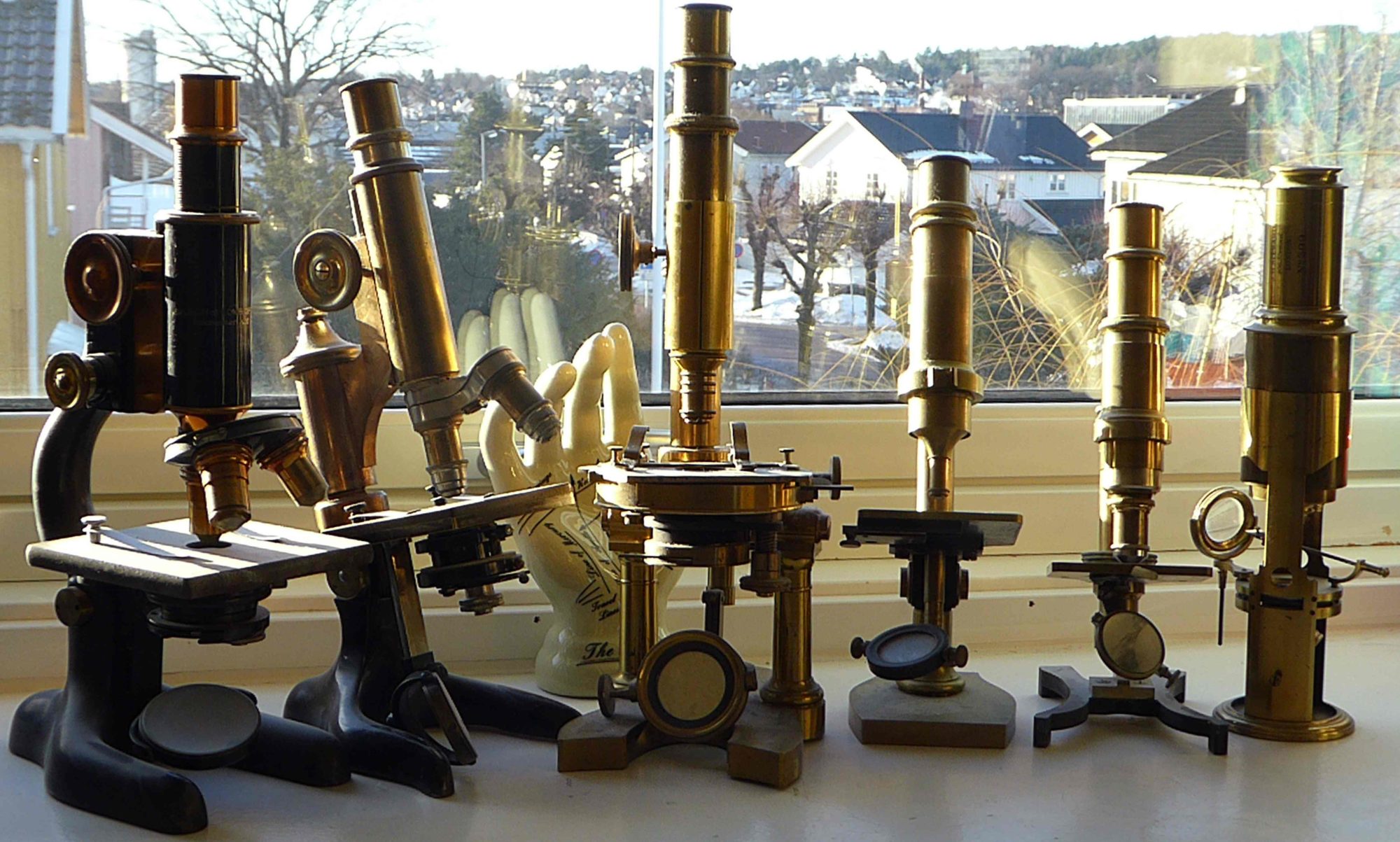https://pubmed.ncbi.nlm.nih.gov/33619496/
. 2021 Feb 18;2021.02.15.21251511.
doi: 10.1101/2021.02.15.21251511. Preprint
Mapping of SARS-CoV-2 Brain Invasion and Histopathology in COVID-19 Disease
-
- PMID: 33619496
-
- PMCID: PMC7899461
Free PMC article
Abstract
The coronavirus SARS-CoV-2 (SCV2) causes acute respiratory distress, termed COVID-19 disease, with substantial morbidity and mortality. As SCV2 is related to previously-studied coronaviruses that have been shown to have the capability for brain invasion, it seems likely that SCV2 may be able to do so as well. To date, although there have been many clinical and autopsy-based reports that describe a broad range of SCV2-associated neurological conditions, it is unclear what fraction of these have been due to direct CNS invasion versus indirect effects caused by systemic reactions to critical illness. Still critically lacking is a comprehensive tissue-based survey of the CNS presence and specific neuropathology of SCV2 in humans. We conducted an extensive neuroanatomical survey of RT-PCR-detected SCV2 in 16 brain regions from 20 subjects who died of COVID-19 disease. Targeted areas were those with cranial nerve nuclei, including the olfactory bulb, medullary dorsal motor nucleus of the vagus nerve and the pontine trigeminal nerve nuclei, as well as areas possibly exposed to hematogenous entry, including the choroid plexus, leptomeninges, median eminence of the hypothalamus and area postrema of the medulla. Subjects ranged in age from 38 to 97 (mean 77) with 9 females and 11 males. Most subjects had typical age-related neuropathological findings. Two subjects had severe neuropathology, one with a large acute cerebral infarction and one with hemorrhagic encephalitis, that was unequivocally related to their COVID-19 disease while most of the 18 other subjects had non-specific histopathology including focal β-amyloid precursor protein white matter immunoreactivity and sparse perivascular mononuclear cell cuffing. Four subjects (20%) had SCV2 RNA in one or more brain regions including the olfactory bulb, amygdala, entorhinal area, temporal and frontal neocortex, dorsal medulla and leptomeninges. The subject with encephalitis was SCV2-positive in a histopathologically-affected area, the entorhinal cortex, while the subject with the large acute cerebral infarct was SCV2-negative in all brain regions. Like other human coronaviruses, SCV2 can inflict acute neuropathology in susceptible patients. Much remains to be understood, including what viral and host factors influence SCV2 brain invasion and whether it is cleared from the brain subsequent to the acute illness.
Similar articles
-
Decoding the proteome of severe acute respiratory syndrome coronavirus 2 (SARS-CoV-2) for cell-penetrating peptides involved in pathogenesis or applicable as drug delivery vectors.Infect Genet Evol. 2020 Nov;85:104474. doi: 10.1016/j.meegid.2020.104474. Epub 2020 Jul 24.PMID: 32712315 Free PMC article.
-
Neuropathology of patients with COVID-19 in Germany: a post-mortem case series.Lancet Neurol. 2020 Nov;19(11):919-929. doi: 10.1016/S1474-4422(20)30308-2. Epub 2020 Oct 5.PMID: 33031735 Free PMC article.
-
Neurological manifestations associated with SARS-CoV-2 and other coronaviruses: A narrative review for clinicians.Rev Neurol (Paris). 2021 Jan-Feb;177(1-2):51-64. doi: 10.1016/j.neurol.2020.10.001. Epub 2020 Dec 16.PMID: 33446327 Free PMC article. Review.
-
Neuropathological findings in two patients with fatal COVID-19.Neuropathol Appl Neurobiol. 2021 Feb;47(1):17-25. doi: 10.1111/nan.12662. Epub 2020 Sep 24.PMID: 32895961
-
Temporal Correlation Between Neurological and Gastrointestinal Symptoms of SARS-CoV-2.Inflamm Bowel Dis. 2020 Jul 17;26(8):e89-e91. doi: 10.1093/ibd/izaa131.PMID: 32440692 Free PMC article. Review.
References
-
- Lapina C, Rodic M, Pechanski D, et al. The potential genetic network of human brain SARS-CoV-2 infection. BIORXIV. 2020; 10.1101/2020.04.06.027318 – DOI





 Views Today : 1
Views Today : 1







